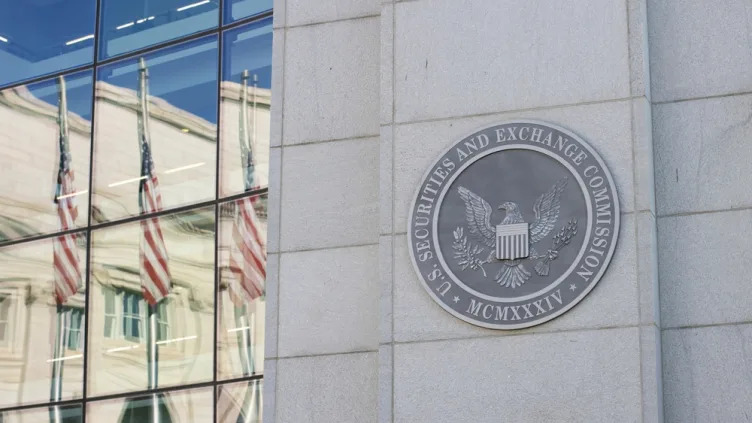As one of the largest corporate holders of Bitcoin, MicroStrategy is looking to expand its ’21/21′ plan by raising $2 billion through a perpetual preferred stock offering. This move will enable the company to purchase more Bitcoin and strengthen its balance sheet.
Perpetual Preferred Stock Offering: A Brief Overview
According to MicroStrategy’s statement on January 3, the perpetual preferred stock may be obtained through converting class A common stock, paying a cash dividend, redeeming shares, or a combination of these. The offering is expected to occur sometime this quarter and will provide additional funding for the company to buy more Bitcoin.
Separate from Ongoing Equity and Fixed-Income Instruments Plan
The perpetual preferred stock offering is separate from MicroStrategy’s ongoing plan to raise $21 billion in equity and $21 billion in fixed-income instruments. This strategy, which has been largely implemented in recent months, aims to fuel the company’s Bitcoin buying spree through senior convertible notes and debt.
Perpetual Preferred Stock: A Senior Security
The perpetual preferred stock offering is also a senior security, meaning that holders have priority in the event of bankruptcy or liquidation. This ensures that investors who purchase the perpetual preferred stock will be repaid before common shareholders in case of financial difficulties.
MicroStrategy’s Bitcoin Holdings and Investment Strategy
MicroStrategy owns 446,400 Bitcoin, valued at $43.9 billion according to Bitcoin Treasuries. The company has purchased a significant amount of Bitcoin over the past year, including 257,250 alone in 2024. This purchase marked MicroStrategy’s largest Bitcoin buying year yet.
Dollar-Cost Average and Investment Returns
MicroStrategy’s Bitcoin investment strategy has been orchestrated by executive chairman Michael Saylor, who has played a key role in paving the way for corporate Bitcoin adoption around the world. The company’s Bitcoin investment has resulted in a dollar-cost average of 62,500, meaning that MicroStrategy is up 57.2% on its Bitcoin investment.
Impact on MicroStrategy Shares
The firm’s Bitcoin investment strategy has also benefited MicroStrategy shares massively, with the stock increasing by 13.2% to $339.6 on January 3. This represents a 438% increase from the same time last year.
Market Reaction
Since the announcement of the perpetual preferred stock offering plan in after-hours, MSTR’s share price has marginally fallen by 0.19%.
The Future of Corporate Bitcoin Adoption
As corporate adoption of Bitcoin continues to grow, it will be interesting to see how companies like MicroStrategy navigate the complex world of digital assets. The success of MicroStrategy’s perpetual preferred stock offering and its ability to purchase more Bitcoin will likely have a significant impact on the market.
The Role of Michael Saylor in Corporate Bitcoin Adoption
Michael Saylor has been instrumental in driving corporate Bitcoin adoption around the world. His strategy has not only benefited MicroStrategy but also contributed to the growth of the broader cryptocurrency market.
Conclusion
MicroStrategy’s perpetual preferred stock offering is a significant development in the company’s efforts to expand its ’21/21′ plan and purchase more Bitcoin. The success of this offering will have far-reaching implications for the market and may inspire other companies to follow suit.
The Future of Bitcoin Payments: Can They Stage a Comeback?
As we look to the future, it is clear that Bitcoin payments are still a relatively new and emerging field. Despite their potential, they face significant challenges in terms of adoption and scalability. However, with innovative solutions and continued investment, it is possible for Bitcoin payments to stage a comeback.
Big Questions: How Can Bitcoin Payments Stage a Comeback?
To address this question, we must consider several key factors:
- Adoption: Bitcoin payments require widespread adoption to be effective. This can be achieved through education, marketing, and partnerships with merchants.
- Scalability: Scalability is crucial for any payment system. Bitcoin’s limited scalability has hindered its growth as a payment method. However, solutions such as the Lightning Network are being developed to address this issue.
- User Experience: The user experience is critical in determining whether people will use a particular payment method. Simplifying the process of sending and receiving Bitcoin payments can make them more appealing to users.
- Regulatory Framework: A clear regulatory framework is necessary for Bitcoin payments to thrive. This includes defining rules for taxation, anti-money laundering, and other areas.
By addressing these challenges, it is possible for Bitcoin payments to stage a comeback and become a viable alternative to traditional payment methods.



